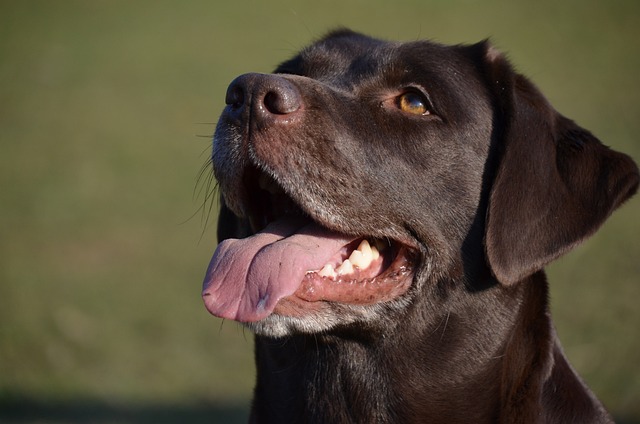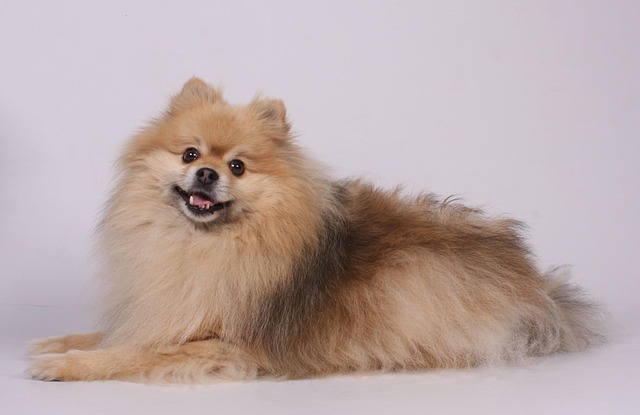
Early Signs of Heart Disease in Dogs Treatment and Care
Early signs of canine heart disease are subtle but crucial. Spotting them can extend your dog’s life and improve their quality of care—don’t ignore the quiet warning signs.
You’re playing tug - of - war with your puppy, and suddenly, you notice a tiny, sharp object on the floor. Upon closer inspection, it’s a tiny tooth! If you’re scratching your head, wondering when exactly this tooth replacement business is supposed to happen, you’re not alone. Understanding your dog’s tooth replacement period is like decoding a fascinating chapter in their growth story, and it’s crucial for keeping your furry friend’s smile healthy.
Most puppies start their tooth replacement journey around three to four months old. Picture it as the "toddler phase" of their dental development. Just like human kids lose their baby teeth, puppies shed their 28 deciduous teeth (also known as puppy teeth) to make way for a full set of 42 adult teeth. It’s a natural process, but it can come with some surprises. During this time, your usually sweet - natured pup might turn into a chewing machine. They’ll gnaw on everything from your favorite slippers to the legs of your coffee table. It’s not because they’re being naughty; their gums are itchy and sore, and chewing provides relief.
The process typically wraps up by the time your dog reaches seven to eight months old. But it’s not a one - size - fits - all timeline. Smaller breeds might finish a bit earlier, while larger breeds could take a little longer. If you’re in the U.S. or Europe, it’s important to note that monitoring your dog’s dental health during this period isn’t just about keeping your furniture intact. In many regions, responsible pet ownership includes regular veterinary check - ups. In the U.K., for example, the Royal Society for the Prevention of Cruelty to Animals (RSPCA) recommends annual dental exams for all dogs. Skipping these check - ups could mean missing signs of dental problems like retained puppy teeth, which can cause overcrowding and misalignment in adult teeth.

Cultural norms around pet care also play a role. In the U.S., many pet owners treat their dogs’ dental health as seriously as their own. You’ll often see pet stores stocked with dental chews and toys designed to help with teething. However, it’s important to choose products carefully. Some chews that are too hard can damage your puppy’s emerging adult teeth. In Europe, there are strict regulations on pet product safety, so look for items that meet European Union standards.
For apartment dwellers, the tooth replacement period can be a bit of a challenge. You’ll want to keep an eye on what your puppy is chewing to avoid choking hazards. Hide away small items like shoelaces and buttons, and invest in sturdy, approved chew toys. And if you notice your puppy drooling more than usual or having trouble eating, don’t ignore it. These could be signs of an underlying dental issue.
During this tooth replacement adventure, it’s also a great time to start getting your dog used to dental care. Gently brushing their teeth with a dog - specific toothbrush and toothpaste (never use human products, as they can be toxic to dogs) can help establish good oral hygiene habits early on. By the time your dog’s adult teeth are fully in, they’ll be well - on their way to a lifetime of healthy smiles.

Early signs of canine heart disease are subtle but crucial. Spotting them can extend your dog’s life and improve their quality of care—don’t ignore the quiet warning signs.

Early detection and care can help dogs with heart problems live joyful, active lives—discover how timely treatment transforms their health and happiness.

Watching your dog strain to pee or wince in discomfort feels like a punch in the gut. Urinary tract issues can sneak up on our furry companions, but the good news?

Ever had that gut-wrenching moment watching your Golden Retriever struggle up the stairs,or noticed your Chihuahua panting wildly after a short walk?These aren't just normal signs of aging—they could be early whispers from your dog's heart.

Picture this: You’re sipping coffee on a Sunday morning when your Labrador retriever scratches the hardwood floor, the sound echoing like tiny drumsticks.

Hearing click-click-click as your dog walks across the hardwood floor? That’s the universal sign it’s nail trim time.